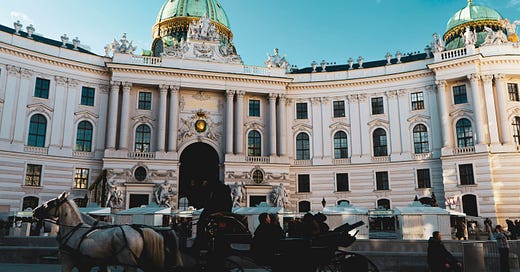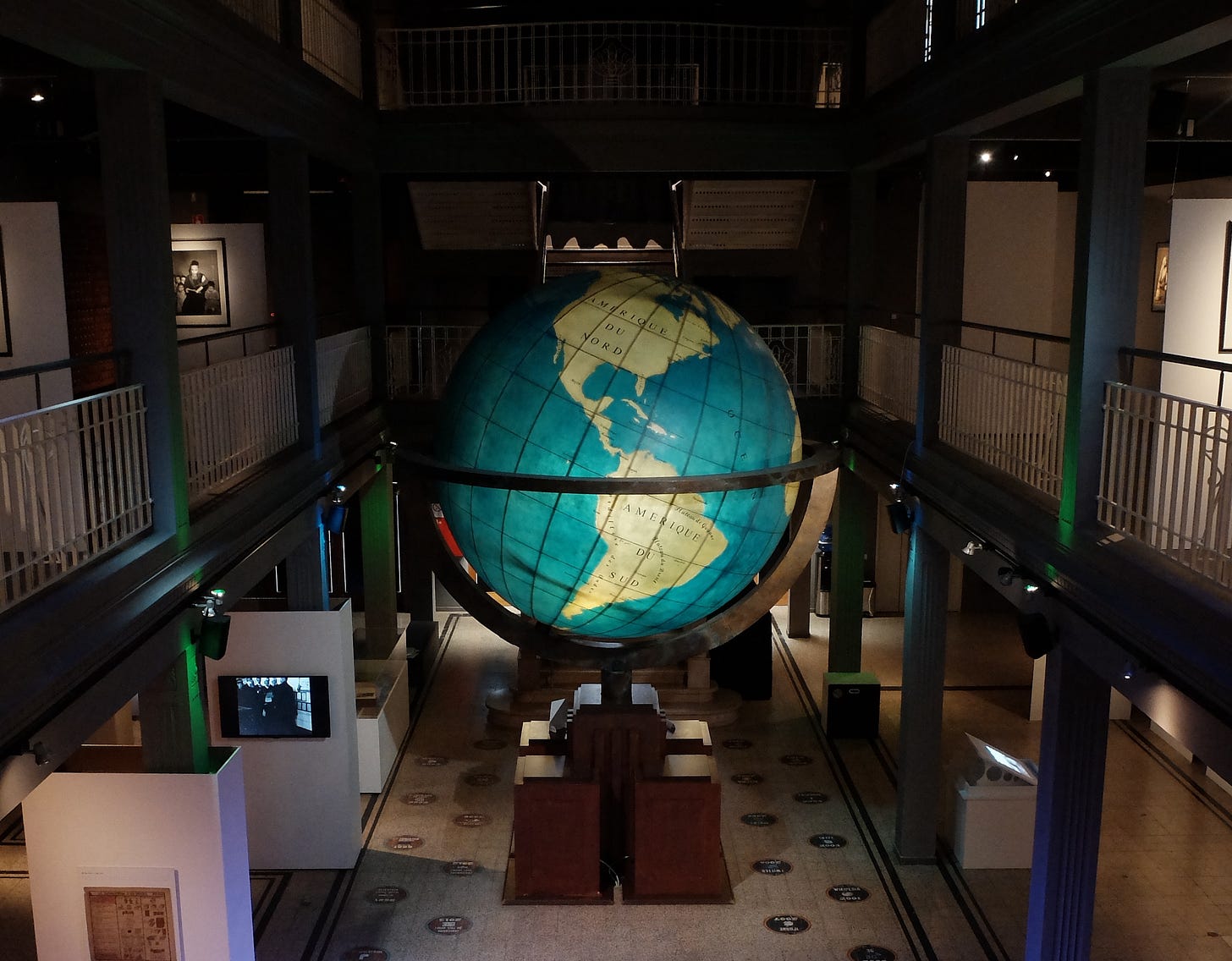How do you define European heritage?
The European Heritage Label seeks to preserve the continent's history by getting heritage sites to help each other.
Estimated reading time: 4 minutes.
“But Ana, why do you cover culture?” I often get asked. “It’s not an EU competency.”
It may not be a competency, but it is certainly a popular topic of discussion and, increasingly, a matter of importance for the European Union.
Culture is one of the priorities of the Belgium presidency of the Council of the EU, for instance. Last year, while Spain was at the helm, it had culture ministers sign a declaration committing to “defending culture through common public policies.”
The other institutions would also agree. The European Parliament’s CULT committee is working on a framework for improving artists’ rights across the continent and the European Commission increased funding for its Creative Europe programme two years ago.
So, culture is cool. And it’s more closely tied to politics than we realize (I gave a speech on this topic just last week).
One of the interesting projects I’ve recently learned the Commission is spearheading is the European Heritage Label — which seeks to not only preserve sites of historical importance but also to get them collaborating and helping each other survive.
“But Ana, doesn’t UNESCO already do that?”
Please don’t interrupt me, we can answer questions at the end.
The UNESCO World Heritage List does it in a similar way — but with different priorities. Some differences:
UNESCO will list something, be it a site or an intangible tradition, if it carries importance for the whole world rather than a specific group of people, whereas the Label focuses on preserving European history specifically.
The UNESCO list includes many intangible traditions (like Wallonia’s Festival of Giants) while the Label only includes physical sites, at least as of now.
UNESCO lists predominantly pretty places, while the European Heritage Label also includes, for instance, sites of historical importance like World War II concentration camps.
Preserving history is important for understanding “how we reached this level of peace,” Vincent Curie, director of the EHL bureau, told me. “Because history did not unfold in an office in Brussels.”
Today, the European Heritage Label list includes 60 sites (you can see the list here). New ones will be announced and officially added in April.
Belgium’s 4 sites included in the European Heritage Label are:
The Migration Museum in Brussels, highlighting migration trends
The Mundaneum Museum in Mons, for “the foundations of present-day information science and being a precursor of internet search engines”
The Bois du Cazier coal mining site, in the first picture above, pertaining to the working classes and immigration to Wallonia in the 20th century
The Colonies de Benevolence, a transnational site shared with The Netherlands, for its “systematic self-sustaining agricultural establishments.” This one is also in UNESCO.
Perhaps more importantly, Vincent explained that the project’s top goal is to create a “community of practice” — a network, a way through which those taking care of the various sites can communicate and share best practices (or funds) in an effort to help each other. It would be similar to the Civil Protection Mechanism the EU has in place.
Because cultural heritage permeates our lives, there is a lot that needs preserving.
“For instance, this is a traditional Belgian cafe,” Vincent pointed out when we met at Belga, in Flagey. “It’s Belgian culture,” he said, as I watched a golden retriever eat a fry off its owner’s plate.
Now, any questions?
Artwork of the week
I saw these at the Affordable Art Fair a few weeks ago and shared them on social media. A friend answered to say she also loved them when she saw them in Bruges years ago — so I guess they’ve been around for a while? Either way, they’re fantastic.
An intriguing blend of medieval elegance with thoroughly contemporary elements sprinkled on top (the lollypop, the bubblegum and the bikini tan lines in the middle).
This was another version of the “Bubblegum Lady,” as she was labeled. Looking at this picture now, though, I’m also intrigued by that giant rock in the background.
Happening soon
The Fashion & Lace Museum just opened an exhibit on “one of the last geniuses of couture,” they say: Belgian designer Jules François Crahay.
A dance show with a curious and grammatically questionable name is happening in Molenbeek next week.
Villa Empain, the Art Deco masterpiece over by Bois de la Cambre, is hosting a discussion on the war in Ukraine, on February 29th.
The Schuman Show, the EU Bubble’s favorite laugh-so-you-don’t-cry spectacle is back next week. Tickets sell out way in advance but they often release a last-minute batch a few days before the show.
The surrealism exhibits I’d told you about a while back, at the Bozar and the Royal Museum, are now open! They’ll be in Brussels for a few months and then traveling to Paris, Madrid and then Philadelphia.
Have a good weekend,
Ana








